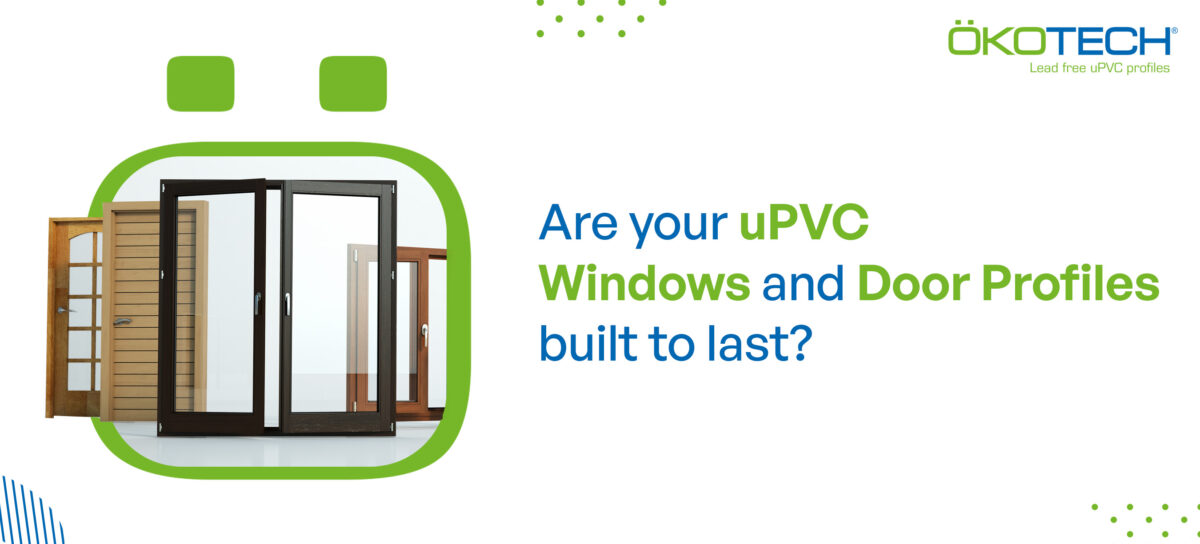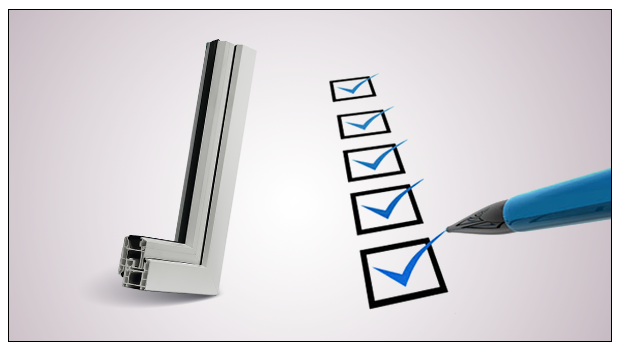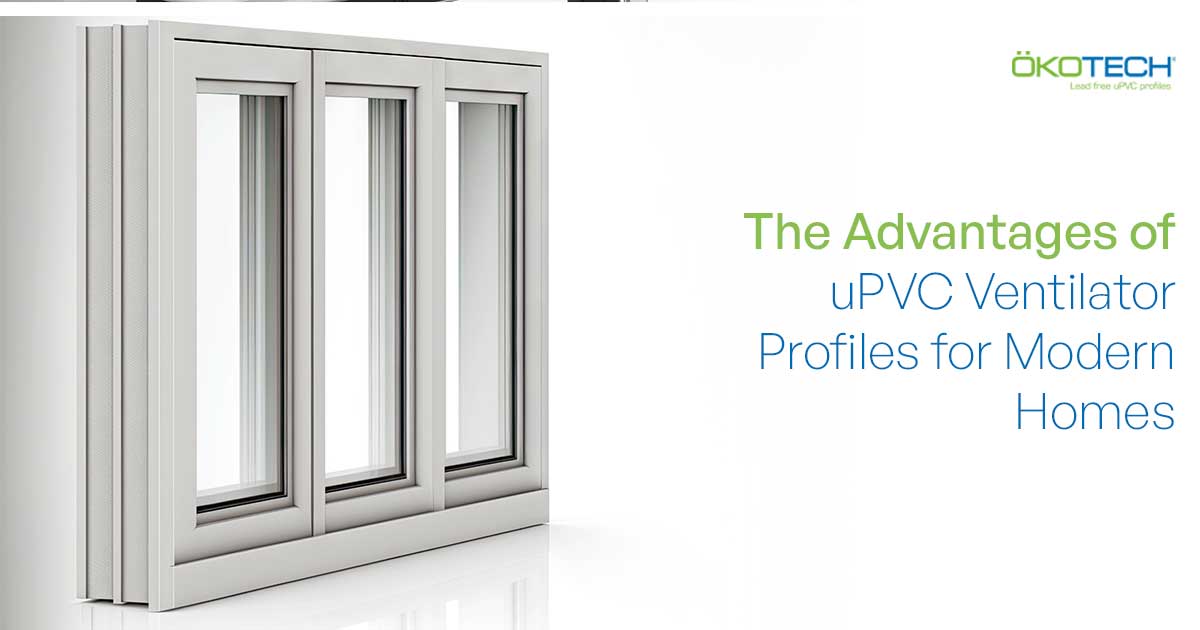Windows and doors with profiles are essential for both residential and commercial buildings. Regarding the utilisation of materials needed to build windows and doors, there has been a paradigm shift in the Indian market. uPVC profiles are a household favourite.. They are highly sought-after for a myriad of reasons. These uPVC profiles’ robustness and durability are two of their most prominent features.
These uPVC profiles’ strength and durability come from the manufacturing technique used to create them. Let’s explore in further detail how Okotech creates these uPVC profiles with such strength.
The following procedures are used to extrude uPVC profiles:
Extrusion Procedure:
The extrusion of uPVC profiles is the first step in the production process. The process used to make uPVC windows and doors is extrusion. A mixture is produced utilising certain components. 200 to 275 degrees Celsius is the best temperature range for extruding uPVC profiles.
Components of the resin mix:
Okotech prepares the mix with higher concentrations of titanium dioxide (TiO2) and lower concentrations of calcium carbonate (CaCO3) in order to increase the strength, durability, and UV resistance of the extrusion profiles. These combination ingredients offer stabilisers for the extrusion profiles. Although lead is widely employed as a stabiliser, Okotech is undoubtedly distinctive. The resin combination does not include lead. Okotech uPVC profiles are more ecologically friendly since they are lead-free.
What happens after the extrusion procedure?
For the purpose of creating uPVC extrusion profiles, large-scale automated mixing equipment is necessary since it will guarantee that the raw materials are combined accurately and scientifically.
The extrusion facility at Okotech was built utilising state-of-the-art laboratory technology that was certified by the NABL.. The prepared mixture is heated and added to a dye. As the extrusion profiles are created, the dye is used to give them shape. The uPVC profile is now being cooled in a water bath. When the uPVC profiles have reached the desired temperature and are at a safe temperature, packaging labels and shielding tapes are placed into them. They are then sliced into regular shapes to make them ready for distribution.
Reinforcement:
After going through the extrusion process, the uPVC profiles are now strengthened. Galvanized steel reinforcements are used, which results in a highly better reinforcing procedure. They are the type of reinforcing components for uPVC profiles that are most appropriate.
uPVC profiles made of these materials are robust, long-lasting, and environmentally friendly.
So, are you interested in robust and trustworthy extruded uPVC profiles?
Explore more at Okotech



